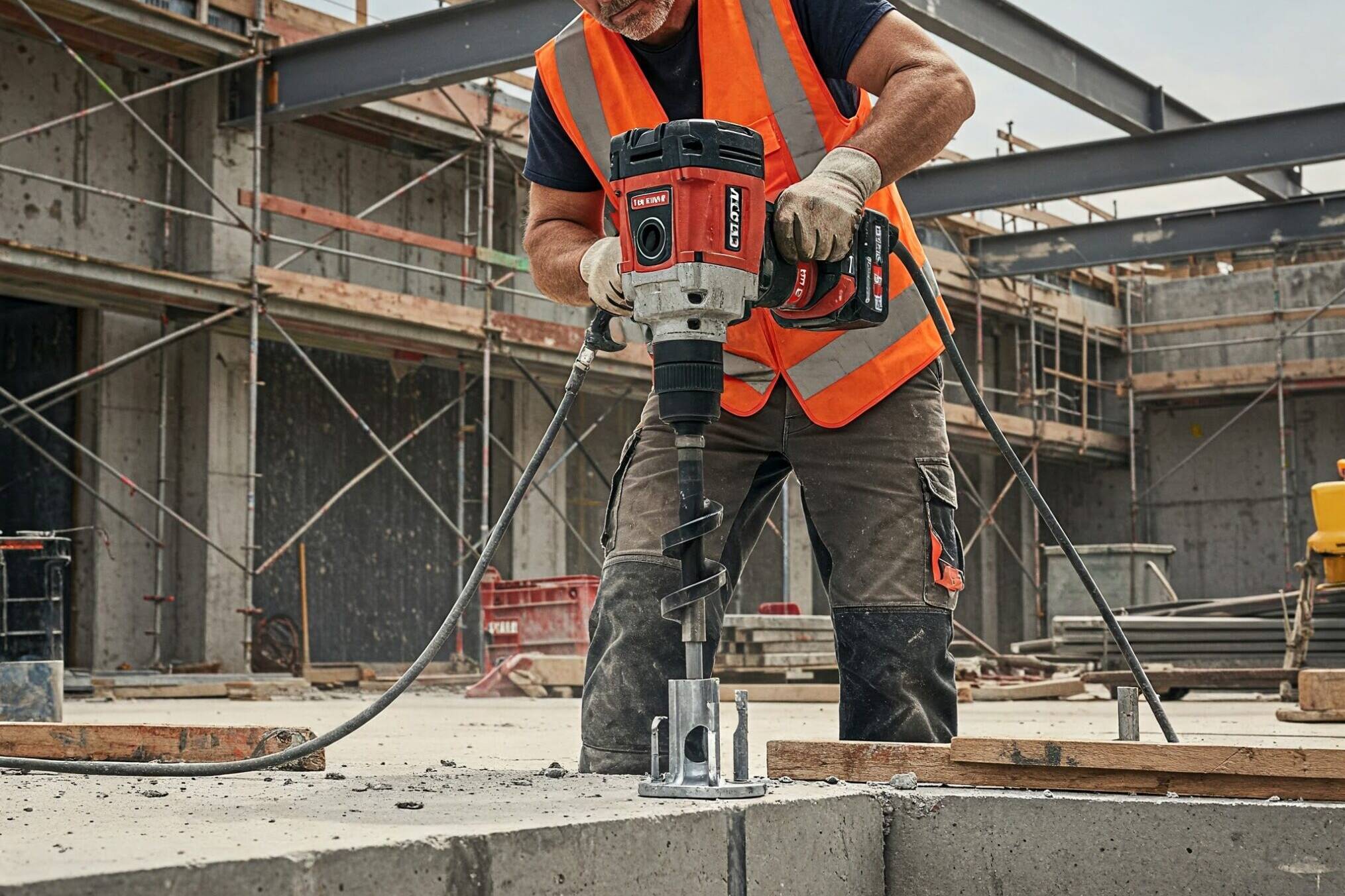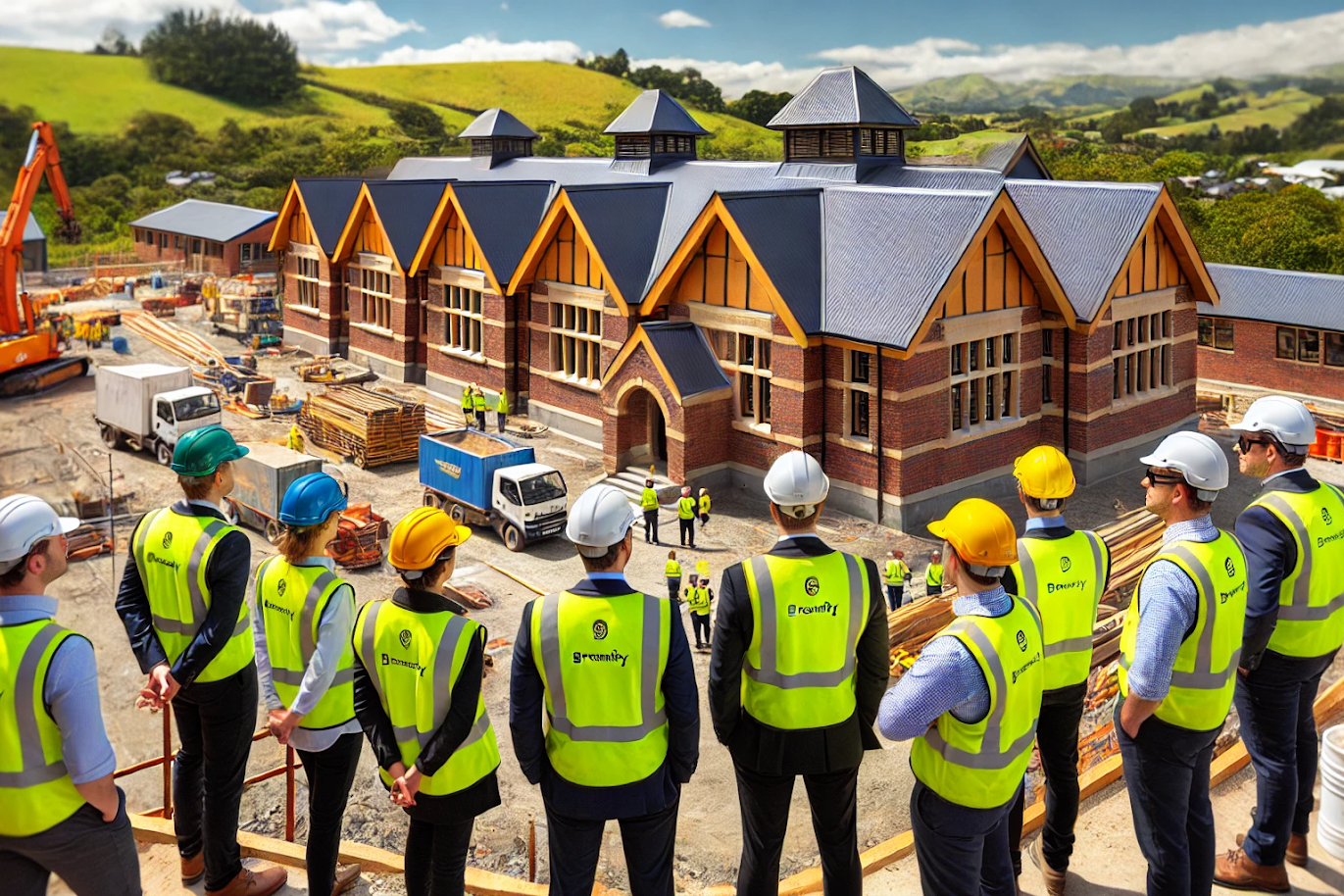Introduction to Fall Arrest Systems
Fall arrest systems are crucial safety mechanisms designed to protect workers from injury or death when working at heights. These systems typically involve harnesses, lanyards, anchors, and other equipment that arrest a fall before the worker hits a lower level. Their importance in industrial, commercial, and construction settings cannot be overstated, particularly in high-risk zones and areas prone to seismic activity.
Fall Protection Regulations: Australia vs. New Zealand
Both Australia and New Zealand have standards for fall protection. Key standards include AS/NZS 1891 (Industrial fall-arrest systems and devices), AS/NZS 5532 (Manufacturing requirements for single-point anchor devices), and AS/NZS 1657 (Fixed platforms, walkways, stairways and ladders). New Zealand tends to enforce stricter compliance and certification standards. In Australia, fall protection systems often rely heavily on manufacturers’ installation guidelines rather than independent verification or formal certification (PS1–PS4).
The Role of Certification in New Zealand
New Zealand mandates PS1 to PS4 sign-off requirements for fall protection systems. This involves independent third-party engineering verification, which protects both installers and asset owners from liability. This emphasis on independent certification ensures that systems are not only installed correctly but also meet stringent safety standards.
Risks of Minimal Oversight in Australia
Relying solely on manufacturer instructions in Australia presents potential issues. There can be gaps in oversight, a lack of seismic design validation, and risk exposure in litigation or failure scenarios. This minimal oversight can lead to safety inconsistencies and potentially dangerous situations for workers at heights.
Why Certification Matters in High-Risk Environments
Independent certification offers several benefits:
- Risk reduction
- Compliance clarity
- Stronger legal defensibility
- Enhanced brand trust
These benefits are particularly critical in high-risk environments where failure can have severe consequences.
Conclusion and Industry Outlook
There is a clear need for more consistency in standards across regions. Elevating Australian practices to match New Zealand’s verification-first approach would significantly enhance safety. Fall protection providers are encouraged to consider third-party certification—even when it is not required—to ensure the highest safety standards and reduce liability.
Enquire with Brevity
Enquire with the Brevity Team to see how we can certify your next fall protection project.
Rethinking Seismic Anchors: A Smarter Approach for Interiors Engineering
Explore how Brevity is leading a smarter approach to seismic anchors in interiors engineering—balancing compliance,…
Navigating Interiors Engineering Challenges in New Zealand’s Education Sector: Key Considerations for Architects
Designing interiors for educational facilities in New Zealand requires a precise balance between safety, functionality,…
A Unified Step Forward: Strengthening Seismic Resilience in Building Design
Two key documents, the AWCI Code of Practice for Suspended Ceilings and the BIP Code of Practice for the Seismic…


